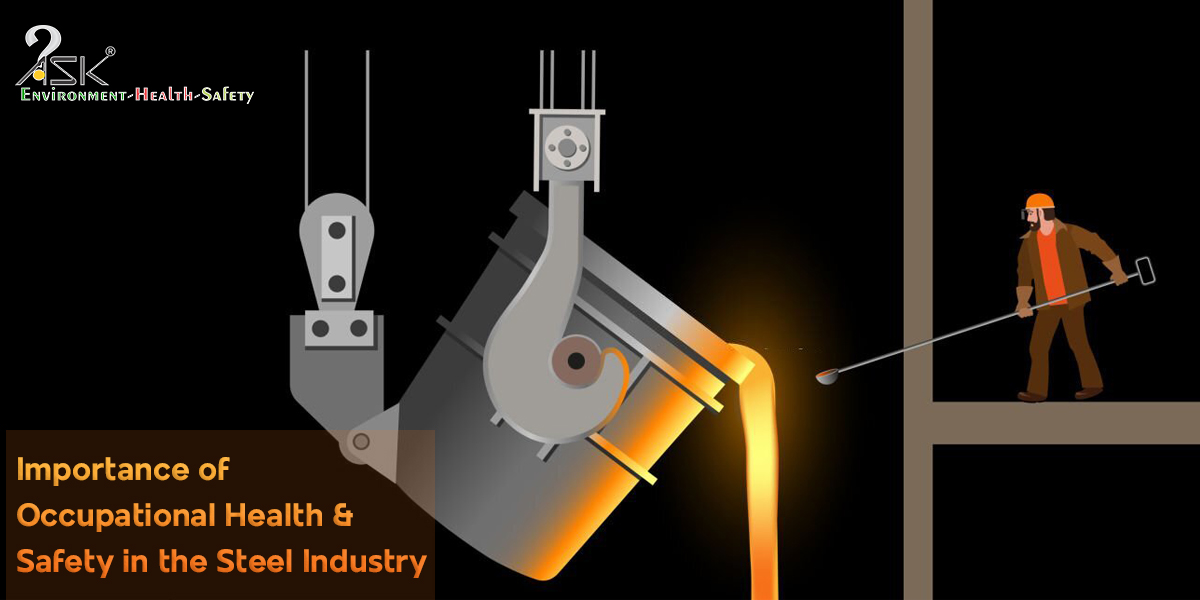Champions of performance trainings

In the past, we’ve drawn parallels between the role of better training tools, pedagogy and methods of deployment to attain a superior score that matches the modern compliance vision.
Pedagogy or methodology of teaching is a key component of modern EHS trainings. It relates to the mode, methods and medium being used by the ‘trainer’ to best explain the day-to-day EHS challenges, hazards and suggest solutions.
These are the champions of performance trainings who can bring about a conscientious change through dedicated and timely learning interventions. Modern EHS demands better turnaround times, has multilinguistic challenges along with the demands of far located sites. All of which requires a suitably groomed EHS trainer.
They should not only have a thorough command on their subject matter but should also be able to associate site based problems and turn the learning experience into a problem solving exercise. It cements the opinion within the ‘rank and file’ as to their credentials and their practical approaches to a given situation. Workmen who’ve spent decades working on EHS aspects can only respect teaching and training coming from an individual who is field practical.
On the other hand corporate trainings require the touch of familiarity and somewhat explores and corrects our biases. On the whole, the trainer needs to align a broad range of opinions and mentalities for obeying compliance based decisions. The first guiding principle here being safety and health.
Trainers can reinvigorate interest of diverse workforce via an engagement based training program. The threshold of delivery can be made more suited as per the audience response and interest, in general. However, this is more associated with training room situations rather than site based training (in terms of the hazards and challenges faced).
While performance trainers for EHS need to be accustomed to site challenges, another key to getting purchase with the workmen is not to teach them ‘how to do their jobs’. This responsibility lies with the management and supervisors and especially in some cases, where highly specialized tasks call for singular vision of the job.
Here an elevated sense of responsibility should actually be used to assign more value via added training emphasis on skill enhancement that such trainings are going to offer. Knowledge might move at a slower rate yet skills and skill development follows a rapid improvement cycle in almost all the industrial domains. The key remains identification of long term training goals and drawing a roadmap which delivers these objectives with definitive safety outcomes.
To summarize, performance EHS training is not only about the training material and knowledge but also about the knowledgeable trainers and their knack of ‘working the crowd’ with right information at right time. It would be easy to say that EHS compliance is more about automation these days, however, to work with automation and fully explore its nuances in order to get better results; trainers with skills are needed.


